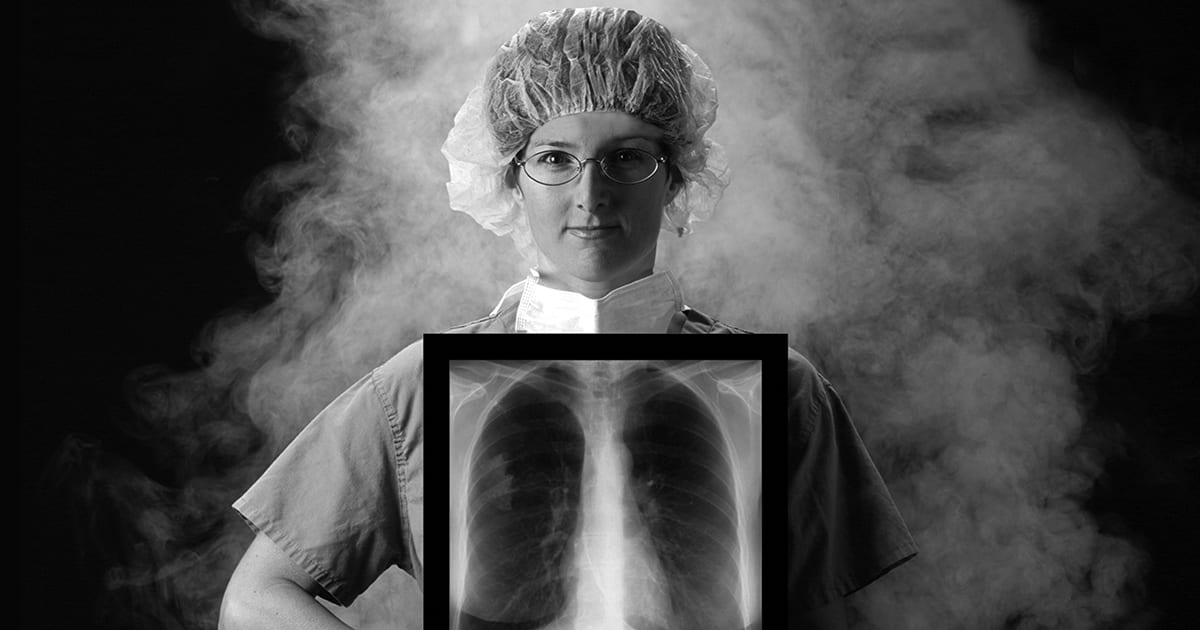The OSHA Surgical Suite eTool recommends facilities “Evacuate all smoke, no matter how much is generated.” 1.
Additionally, the OSHA General Duty Clause and Respiratory Protection Standard may be applicable as surgical smoke is a well-documented hazard.
Also, The Joint Commission Environment of Care Standard EC 02.02.01 EP 9 requires that hospitals minimize risk associated “hazardous gases and vapors” including “vapors generated by… cauterizing equipment”.
There are many peer reviewed, journal publications, advocating the mutagenicity 1, 2, 3, 4, carcinogenicity 5, 12, 13 and cytotoxicity 6 of electrosurgical smoke. In fact, one of these studies purports that the mutagenic potential of 1g of ablated tissue via electrosurgery is equal to that of 6 cigarettes 1.
Of additional consideration is Healthcare Worker Exposure to nanoparticles and ultrafine particulate matter (UFPM) 7, 8 found in high concentrations when using electrosurgical, laser and ultrasonic devices 8. Surgical smoke also contains bio-aerosols that subsequently pose risk of infection 9.
Risk to the OR team is further complicated by the potential of UFPM and nanoparticles to be deposited into the pulmonary alveoli7, 10. And, perhaps of equal concern is the potential for nanoparticles to take route through the alveoli or trachea and to translocate into other organs of the body 7, 11.
[1] Tomita Y, et al, Mutation Research, 1981.
[2] The mutagenicity of electrocautery smoke. Gatti JE et al.
[3] Health Hazard Evaluation Report No. HETA 85-126-1932, Bryn Mawr Hospital, Bryn Mawr, Pennsylvania
[4] Mutagenicity of smoke condensates induced by C02-laser irradation and electrocauterization.
[5] Chemical composition of smoke produced by high-frequency electrosurgery, Al Sahaf, O. et al., Irish Journal of Medicine, Volume 176, Number 3, September 2007
[6] Cytotoxicity of Electro-Surgical Smoke Produced in an Anoxic Environment, Hensman, et al 1998
[7] Ultrafine Particles and Health Effects.; Politis, et al 2008
[8] Surgical smoke and ultrafine particles, Brüske-Hohlfeld, et al 2008
[9] Surgical smoke and Infection Control, Alp et al 2005
[10] ISSA, Section on Prevention of Occupational Risks in Health Services, Surgical Smoke, 2011
>[11] Environmental Health & Safety, Business Affairs, University of Florida, UFEH&S-LSP, 2010
[12] Cancer Risk, Tseng, et al 2014
[13] Surgical Smoke – a health hazard in the operating theatre, Hill DS, et al 2012
